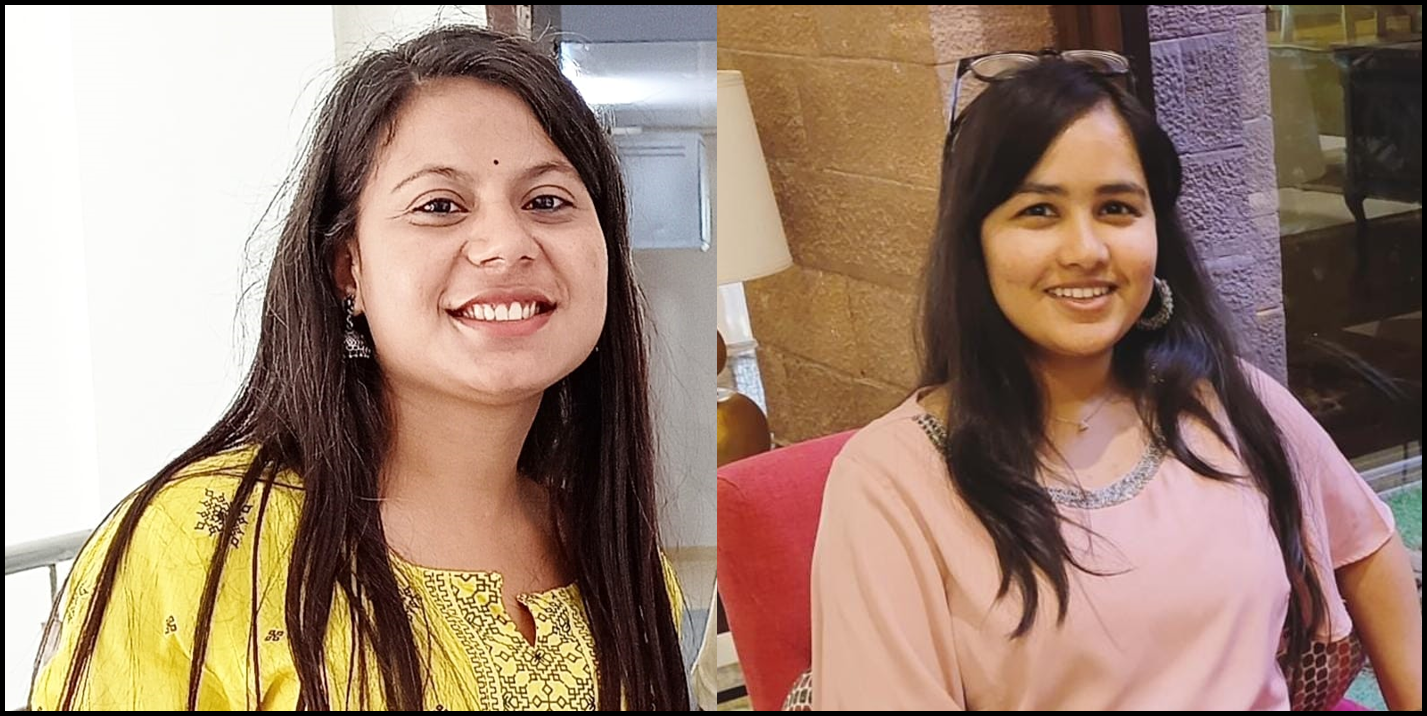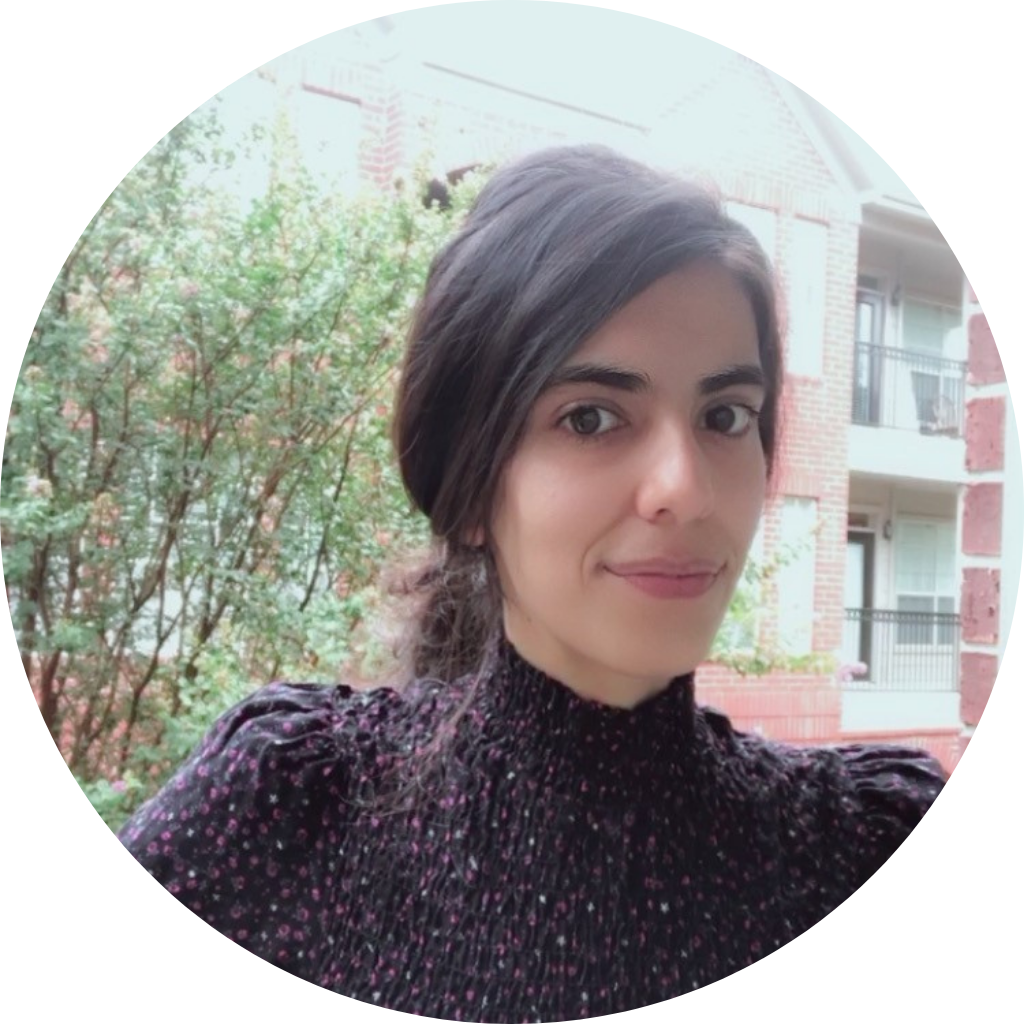About author
Khushboo Rani is a third year PhD candidate in Dr. Neha Jain’s lab in the Department of Bioscience and Bioengineering at IIT Jodhpur. In Jain’s Lab, she is interested in understanding the cross-talk between amyloidogenic proteins in the progression of Parkinson’s disease using different tools and techniques. She completed her graduation B.Sc. (H) Biomedical Science from Delhi University. She joined Amity University (Noida) to pursue Master’s degree in Medical Physiology. She belongs to Ghaziabad district of Uttar Pradesh. Outside her scientific interest, she loves to travel and explore new things.
Bhumika Pippal is a first year Ph.D. student with Dr. Neha Jain in the Department of Bioscience and Bioengineering at IIT Jodhpur. She joined Jain’s lab at IITJ as an M.Tech. student and started working on the role of chaperone-like proteins in Parkinson’s disease and with fascination and curiosity of the work, she later joined as a Ph.D. student. She belongs to Delhi and completed her B.Tech. in Biochemical Engineering from University School of Chemical Technology, Delhi.


